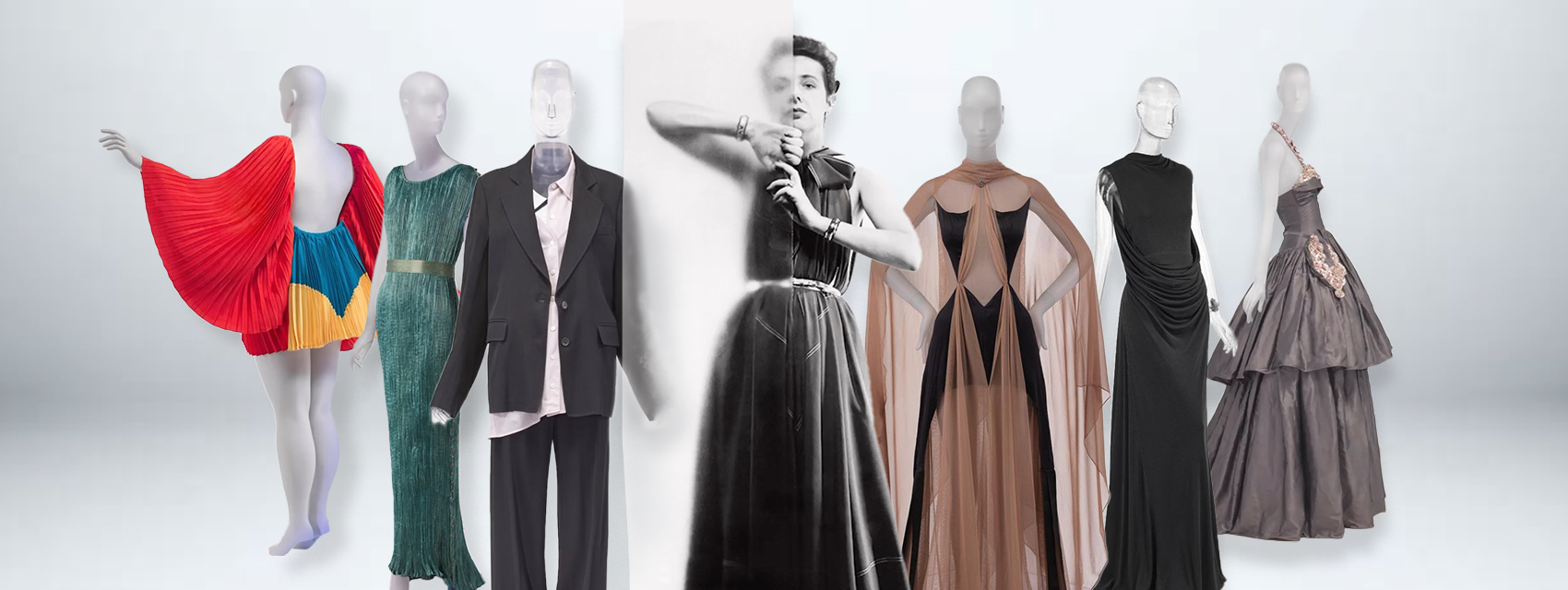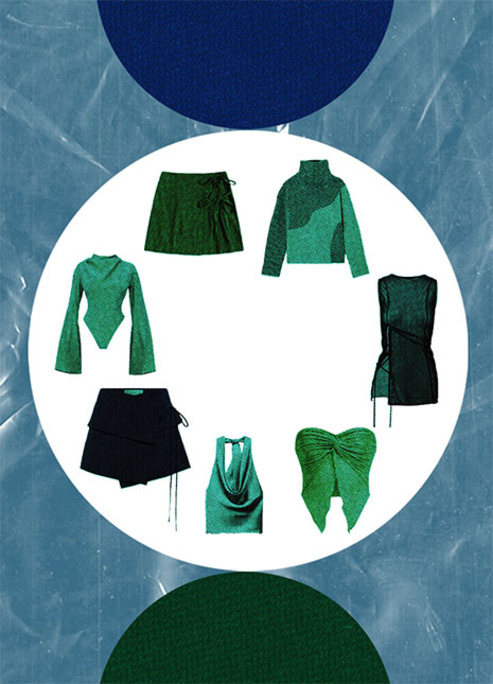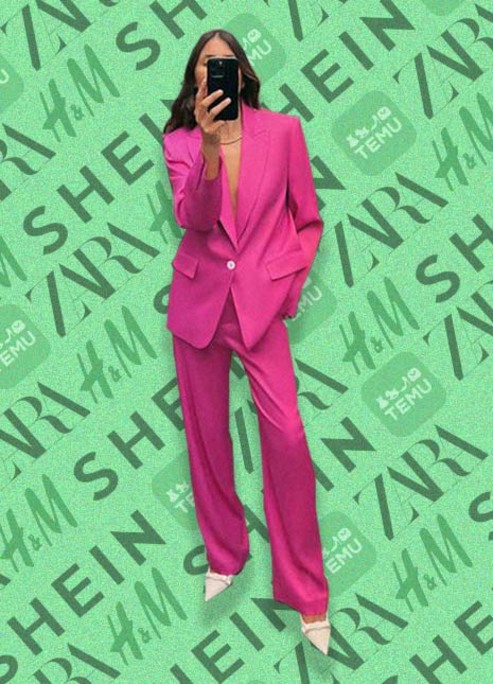Behind The Threads: Women Dressing Women
The Met exhibition to celebrate women designers we should've heard about.
Through the exploration of four key notions—anonymity, visibility, agency, and absence/omission—‘Women Dressing Women’ will offer a new interpretation of the traditional canon of fashion history and examine the ways in which the industry has served as a powerful vehicle for women’s social, financial, and creative autonomy.” That’s what the Met says about their newest exhibition, ‘Women Dressing Women’, which, essentially, is an ode to the OG queens of the fashion industry.
Frankly, it’s about time people started learning more about designers beyond Coco Chanel and Dior. Women are not new in the fashion realm, and they deserve to have their vision celebrated.
So what can you expect to see when you step into the Met’s history exhibition?
The initial section, ‘Anonymity,’ features pieces from the early 20th century, created by talented but often overlooked women designers. It speaks of how male tailors dominated the European garment industry before establishing a dressmakers' guild in 1675. Later, as America formed, garment making was seen as "women's work," though the women themselves were never credited, let alone celebrated.
As you move on, the exhibition transitions into ‘Visibility,’ showcasing the work of iconic women designers like Madeleine Vionnet and Claire McCardell. The 20th century saw women actively asserting their agency (as they should), which in turn spurred designers to distinguish themselves in a rapidly evolving and competitive industry. These pieces are displayed in a way that emphasizes the individual voices of the artists and the impact they have had on fashion history.
But ‘Women Dressing Women’ isn't just about fancy dresses. In ‘Agency’, we see how clothing goes beyond aesthetics and becomes a powerful tool for self-expression and social change. From the utilitarian jumpsuits of suffragettes fighting for equality to the punk rock attire of 70s rebels, this section explores how women used fashion to challenge the status quo and claim their rightful place in the world. ‘Agency’ also celebrates inclusive and sustainable clothing, like those created by Hillary Taymour, Gabriela Hearst, and Gee’s Bend.
The final section, ‘Absence/Omission,’ acknowledges the missing voices and untold stories of women in fashion history. Empty mannequins stand as a stark reminder of the work that remains to be done in uncovering and celebrating the contributions of women designers across all cultures and backgrounds. A call to shift from the Eurocentric narrative.
Throughout the exhibition, the arrangement of the garments isn't just chronological; it's thematic. It compels you to break free of the popular narrative. It enriches, informs, and, most importantly, invites you to explore the intersection of fashion, culture, and gender.












